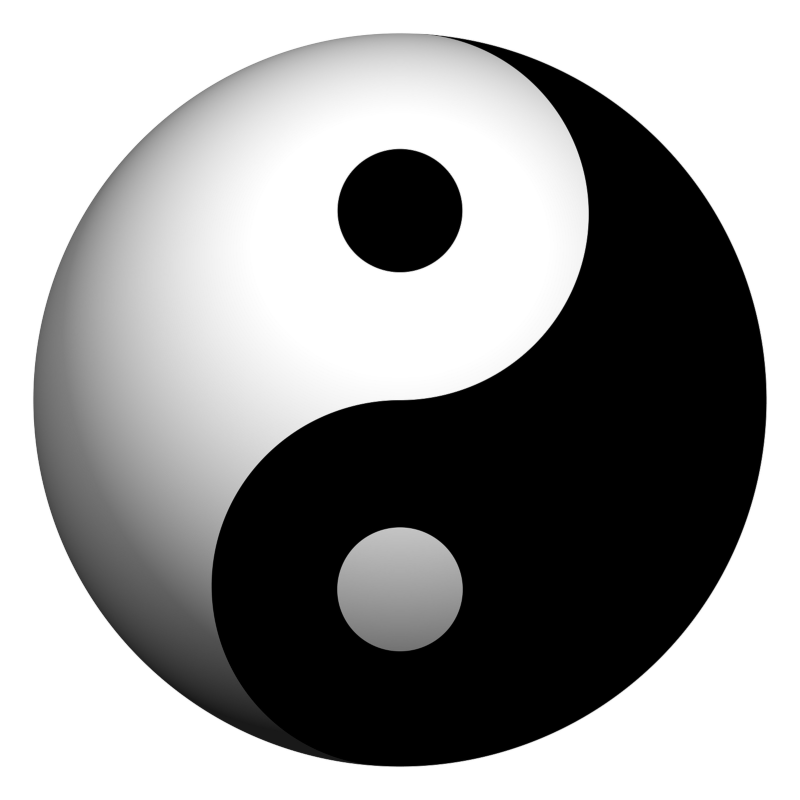
You can also watch it on YouTube https://youtu.be/JsH7g4ks5mg
Why are we at the playground? My teacher told me to be here. He is demonstrating an important Qigong concept: Why an odd number of repetitions is the best.
Now to setup the demonstration. We have:
- a teeter totter.
- some bricks
- a rain gutter closed at both ends
- bottled water
First – Bring the teeter totter to a balanced state with both ends at the same height. Place the rain gutter in the centre and fill it with water.
The teeter totter represents your body (jing) and the water in the rain gutter is your body’s energy (qi).
Now add a brick – What happens when you add a brick to one end of the teeter totter? The teeter totter starts to move.
The end with the extra brick sinks towards the earth and the other end rises up to the heavens. At the same time the water (Qi) moves to the end of the teeter totter as it sinks down towards the earth.
Finally add a second brick – Once the second brick is added to the other end of the teeter totter everything returns to a balanced state. The water in the rain gutter is spread all over. Everything is at rest.
What does this have to do with Qigong
From a Qigong point of view there is not much going on when you add the second brick to the teeter totter everything becomes stable and balanced.
- Your physical body (Jing) is relaxed.
- There is very little energy (Qi) being expanded.
- We are not focused (Shen)
When you have an odd number of bricks in place you are unbalanced.
- Your physical body (Jing) is engaged.
- Your energy (Qi) is moving throughout your body.
- You are focused (Shen) on maintaining your balance.
The primary purpose of qigong is moving Qi throughout the body.
The teeter totter demonstrates that there is more movement of qi throughout your body when you have an odd number of bricks in place.
Yin Yang theory has a lot to say about these teeter totter observations.
Yin Yang theory and Odd numbers

The basic metaphor of yin and yang is the cycle of the day. Yin is night and yang is day. As time moves forward day becomes night and then it is day once again in an endless cycle.
Yin and Yang define themselves by being the opposite of each other.
The ancients looked to nature for other representations of this dichotomy. They started with Dark and Light, Heaven and Earth, Up and Down.
To the yang side went all that is bright, exciting, moving and warm. To the yin side went all that is dark, dull, still and cold.
When they were done, they had a list which placed every natural occurrence and state of being into one of the two groups.
For our discussion about odd numbers and Qigong these are the features of Yin and Yang that we are interested in.
| Yin | Yang |
| moon | sun |
| contracting | expanding |
| stable | dynamic |
| static | moving |
| right | left |
| even | odd |
When we leave the body in a Yang state it’s Qi will be dynamic, expanding and growing. It will be moving about the body much like the water in the teeter totter.
In the table above odd numbers are considered Yang. A personal demonstration will show why that is so.
An odd demonstration
Stand on one leg and attempt to balance.
All of a sudden your body has gone from a state of rest or a stable state to an active or a dynamic state. Your body has gone from a Yin state to a Yang state.
- Your muscles (Jing) are active attempting to keep your body balanced on one leg.
- There is more energy (Qi) moving throughout your body as you work to stay balanced.
- Your mind (Shen) is focused on the task of balancing.
Eventually you put your second foot down and you return to a state of balance. Your body is now supported on two legs. You have moved from a Yang state back to a Yin state. Your muscles relax, your energy consumption is reduced and your mind is no longer focused on the task.
You have moved from a dynamic and active state to a static and stable state when you move from odd to even.
Summary
An odd number of repetitions leaves your body in a dynamic and active state with your qi flowing throughout your body.
Like the water in the rain gutter on the teeter totter your qi will be moving from place to place.
In Qigong it is better to be in a Yang state and have your qi moving from place to place throughout your body.



